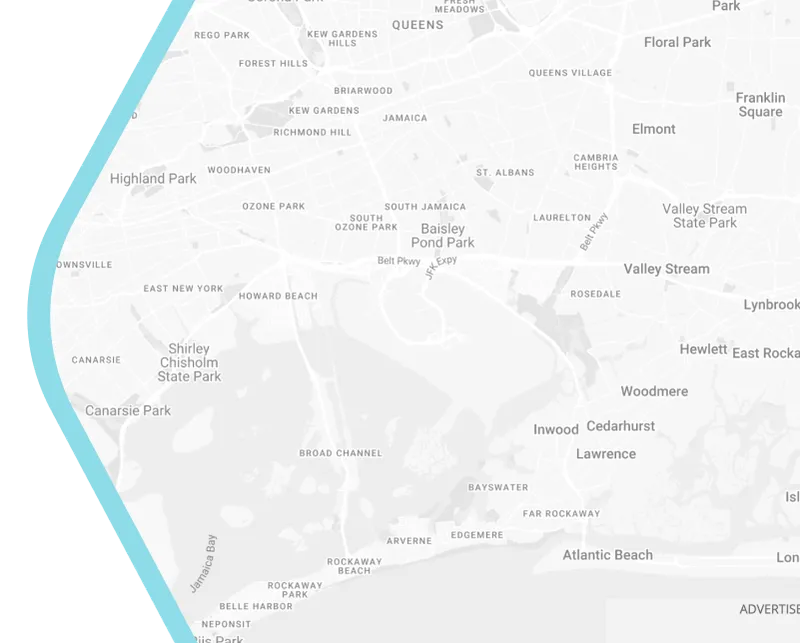
Inclusive Smart City
Despite city population that continuously grows around the world. Creating a safe and accessible city planning and design for all members of the community is not the pre-set of many smart cities. The key barriers of an inclusive city include the lack of essential infrastructure and service, lack of physical accessibility to services such as transportation and public spaces; and limited opportunities for education and employment. City of Varanasi in India leads the way in creating more accessible city by mainstreaming accessibility in its city planning, design, and policies.
Lesson learned from Varanasi is that the government is open and motivated to work with experts to identify and formulate targeted support to the community. The city government is also continuously building awareness and increasing their capacity in delivering solutions that are inclusive in design. The commitment is coupled with the update on local law that ensures standard and best practice is applied and enforced by various stakeholders in the city. City governments create frameworks that are easy to follow and provide incentives to encourage people in providing an inclusive environment. City of Varanasi acknowledges the long journey to create an inclusive city by setting specific and measurable visions for short, mid and long term, and work incrementally to achieve them.
Reference:
Hub, G. D. I. (2021). Inclusive Design and Accessibility of the Built Environment in Varanasi, India.
